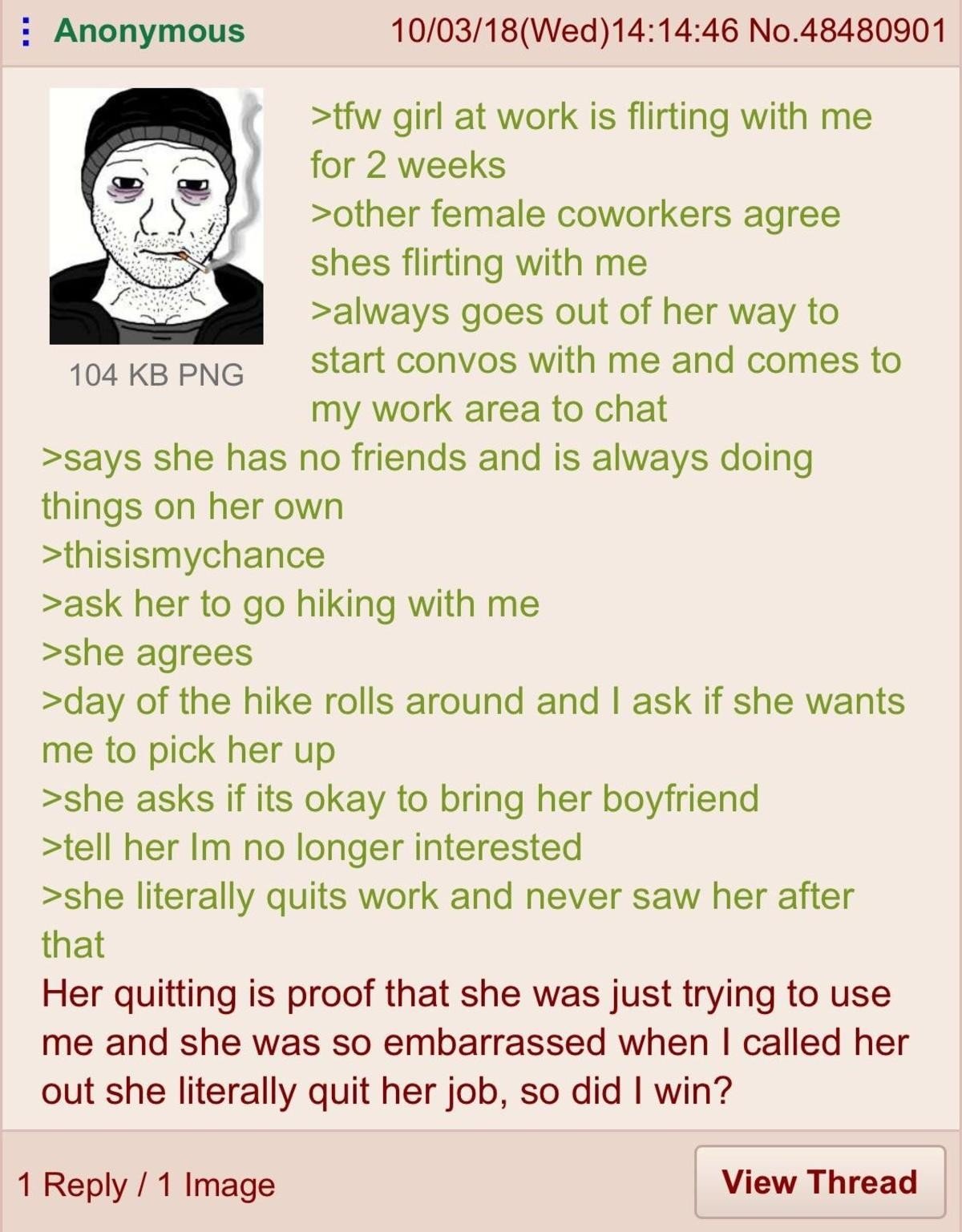this post was submitted on 16 Nov 2024
452 points (94.1% liked)
Greentext
4792 readers
1359 users here now
This is a place to share greentexts and witness the confounding life of Anon. If you're new to the Greentext community, think of it as a sort of zoo with Anon as the main attraction.
Be warned:
- Anon is often crazy.
- Anon is often depressed.
- Anon frequently shares thoughts that are immature, offensive, or incomprehensible.
If you find yourself getting angry (or god forbid, agreeing) with something Anon has said, you might be doing it wrong.
founded 1 year ago
MODERATORS
you are viewing a single comment's thread
view the rest of the comments
view the rest of the comments

Yellowstone has limited access by road, but you could hike into it.
The Grand Canyon has visitor's centers and a few established areas with infrastructure for various activities, but you could hike to it, but getting into the canyon is another matter.
The other thing is that going in by road and paying for a pass let's people know you are there and if you haven't come back. Both areas are dangerous and people get in over their head because they have no understanding of the dangers of nature.
So by "limited access by road" you mean that "yes, there is a booth on every road leading there"?
So some company basically owns the rights to do that..? Have booths and whatnot on every road leading there?
It's just... weird for me, is all.
Usually it's the federal park service (government agency) that runs the parks, and they're the ones that take payment. It's not for-profit, and the fees don't completely pay for maintenance of the park in most cases, they just offset the cost of so many people going (mostly tourists).
And there's usually only one or two roads going to the parks (Yellowstone has 3 IIRC), and they're usually really out of the way, so you're not going to be able to just walk there. Many parks don't connect the entrances either, so they're purely a destination. My brother lives right outside Glacier National Park, and it's still a good 20 miles from the "city" (Columbia Falls is ~5k people) to the park entrance (again, there are two, one at each end of the park).
Yes, these places are massive, but they're also really far from normal traffic, so you'd have go at least a half hour out of the way to get there (often multiple hours driving). Someone needs to pay for maintenance of the infrastructure to get there, and that's what these fees are for.
Sometimes it's as low as $2 or so, sometimes it's like $50 (for more popular parks). It gets adjusted to preserve access for those that really want to visit and prevent abuse. Sometimes it's just a suggested donation.
Federal or state government owns it depending on the park. And the fee is mainly just to pay for maintenance on the parking area. No one is chatging you to go to yellowstone or the grand canyon. They are charging you to park there or use some special service like guides, campgrounds, or picnic areas. Generally speaking though you can just walk onto any national park without paying anything. Yellowstone is a bit of a special case in certain areas because they really don't want people wandering around off trail because they're lible to fall through the ground into a hot spring that will melt their skin off before they get a chance to even scream and then the park rangers need to spend time dredging what little is left of them out of the hot spring. So those areas generally charge people to use the raised wooden trails because of maintenance costs. But at most parks no one is going around checking people for passes. They're only checking vehicles.
Also the costs are very low if you're paying at the park. You can also buy an anual pass to literally every US national park for $80. If you're a senior then you can get a lifetime pass for $80 and an anual pass for $20. There are also all sorts of ways to get those for even more discounted prices.